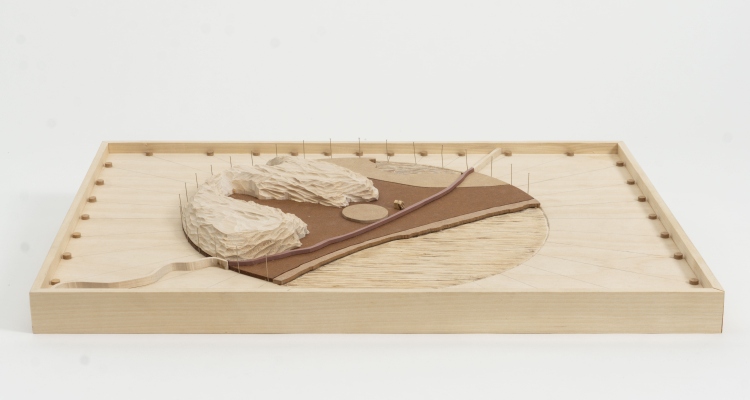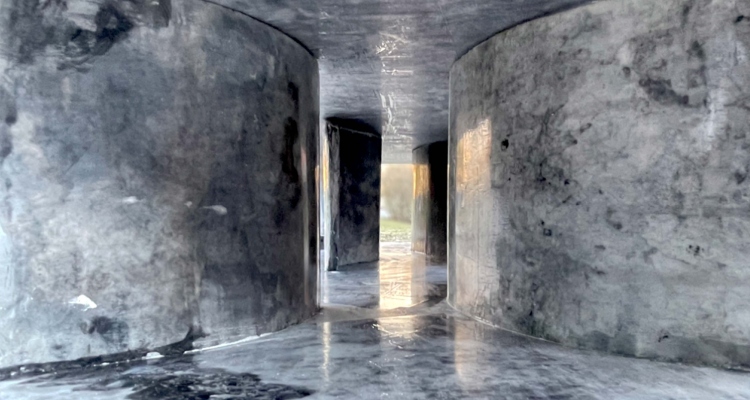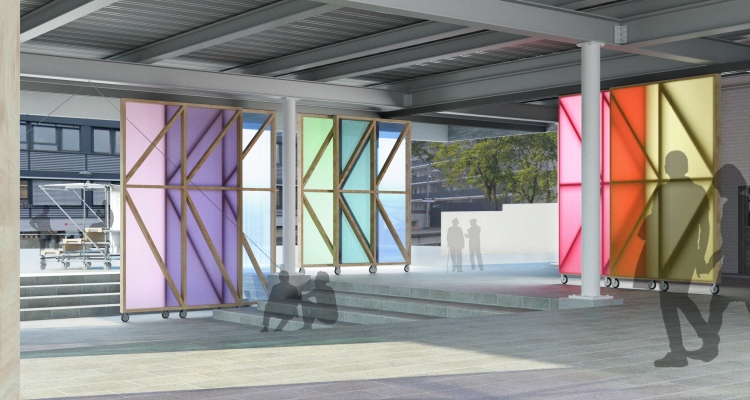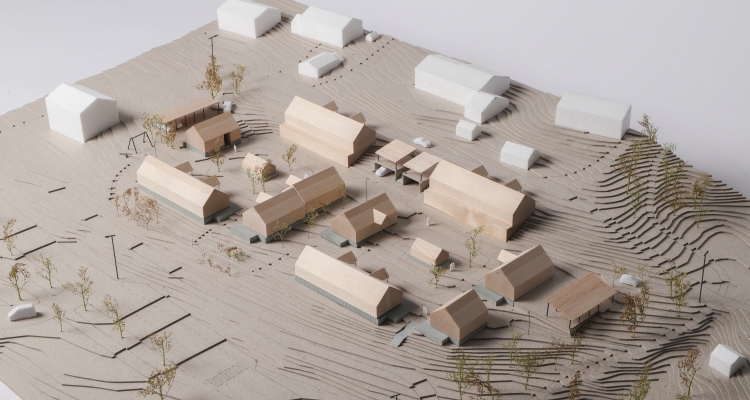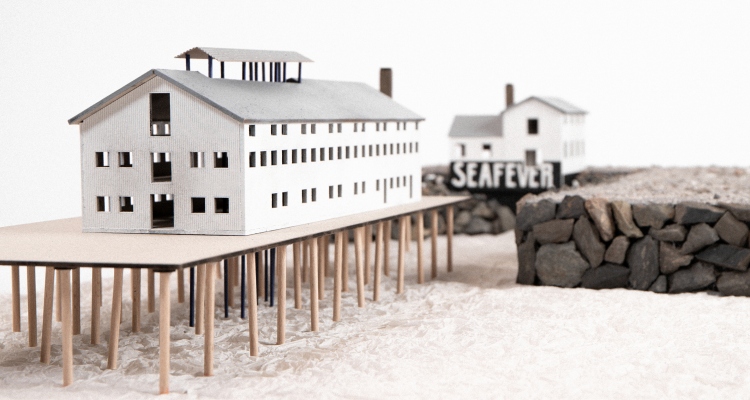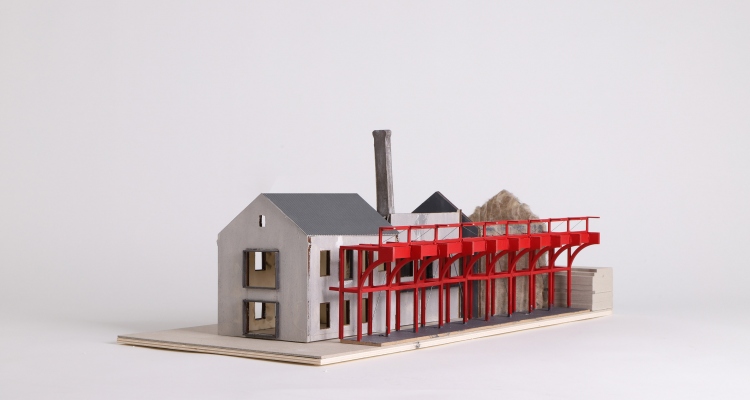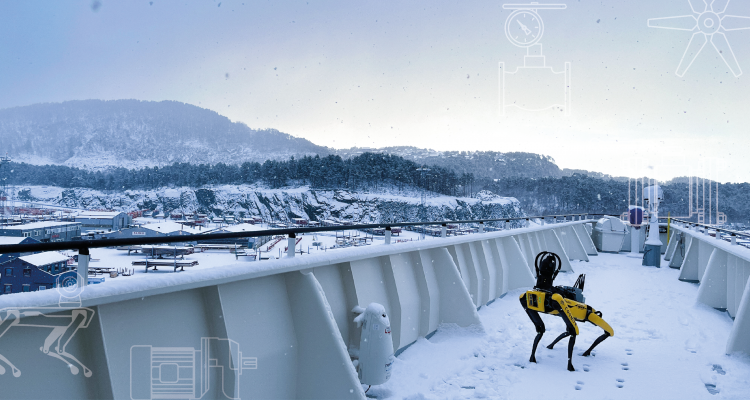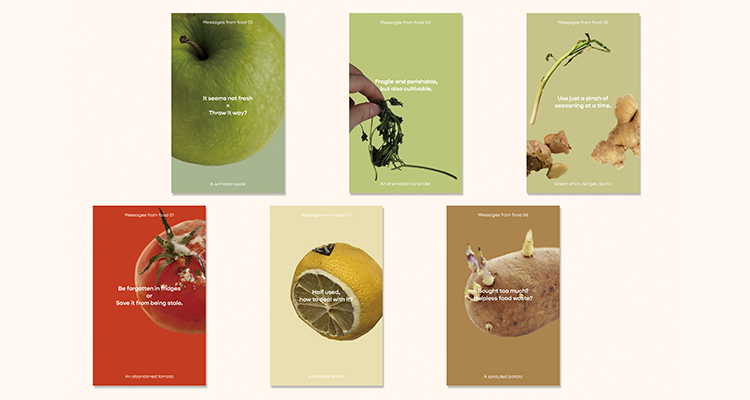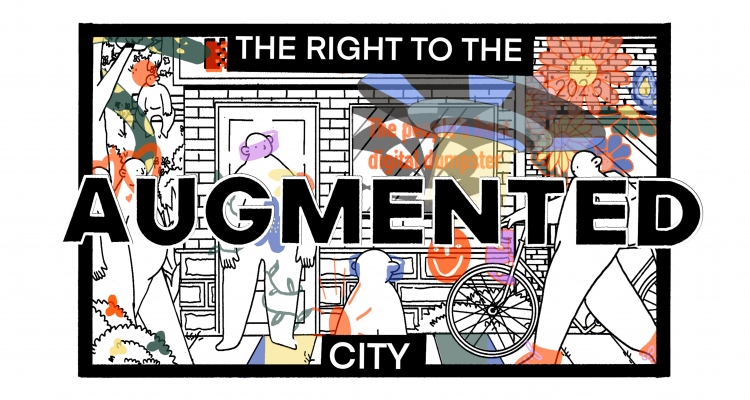This diploma works within a present condition where architecture and context cannot be separated. An approach where architecture manifests itself as diverse interpretations rather than a common order. A cultural landscape is a palimpsest, brought forth by the overlapping of countless different systems. By reading cultural landscapes as states of constant change, it has encouraged an idea of working with architecture as conditions rather than form.
Diploma project
For all the attention paid to notions of flux in philosophy and architecture in recent years – of the movement and oscillation between seemingly hermetic states, the perpetual becoming of the world – it is surprising how little effort has been devoted to the architectural element most concerned with the dispersal of bodies between static spaces, namely the corridor.
The number of gas stations in Norway is in rapid decline. In central Oslo, only 17 are remaining. Considering the trend of the last decades, these buildings are well under the risk of being demolished. Is there a way for these stations to survive the death of the gasoline era? What are the potentials that exist in the architectural, spatial, and social aspects of these buildings, and how could these be explored as well as valued through a transformation?
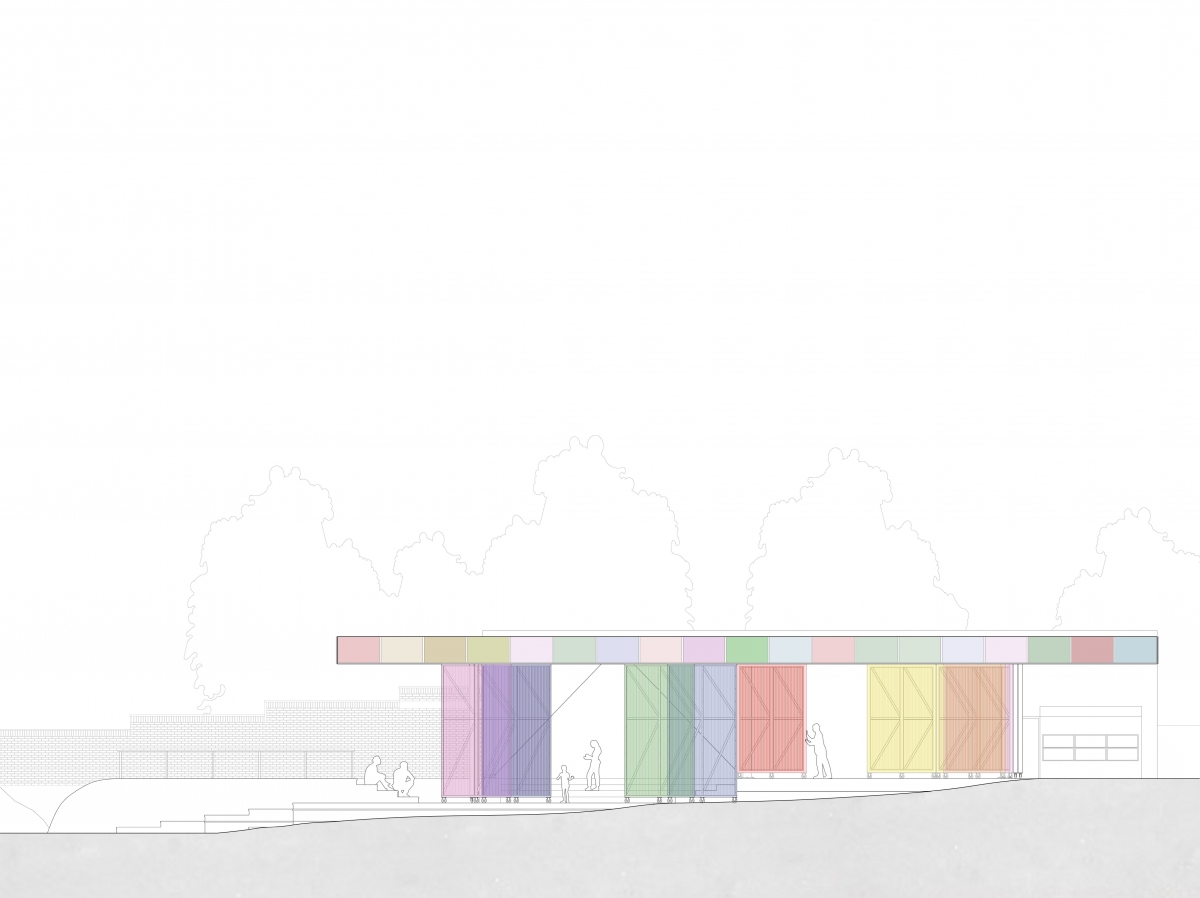


The proportion of elderly people in the districts are increasing, and people live longer and have better functional capacity than before. This results in people having to live in their own home for longer, while physical and social needs changes. Among the elderly, loneliness is one of the top three challenges, making neighborloneliness and social relations vital.
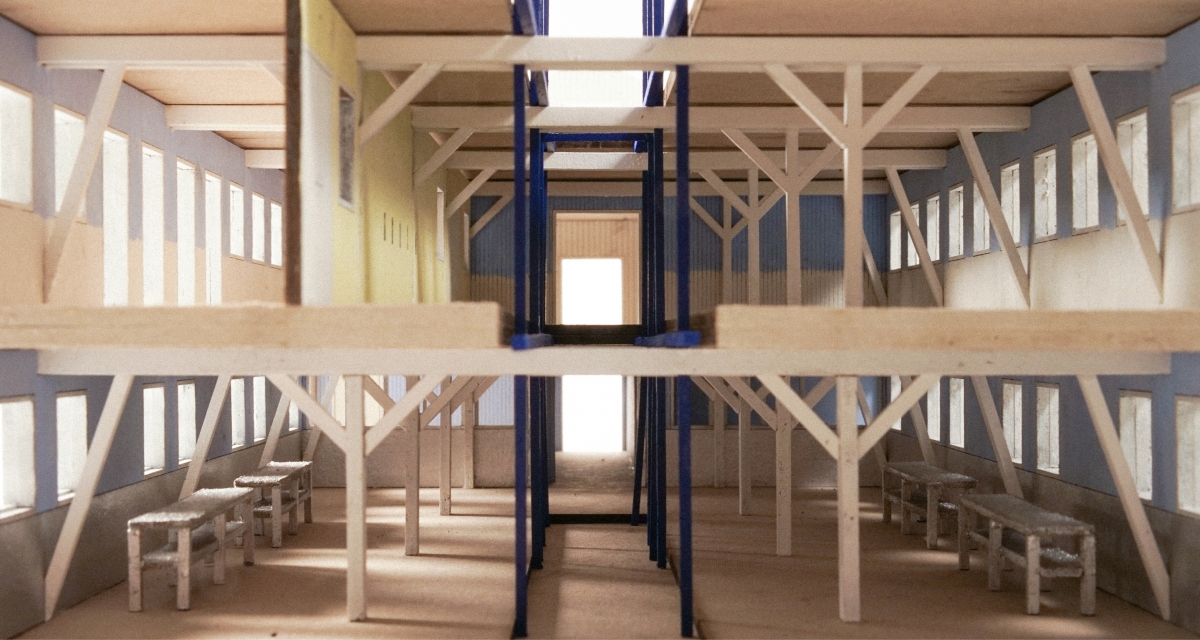

80% of our oceans are unmapped, unobserved and unexplored. As a costal nation with over 100 000 km of coastline and over 900 000 ton on low value unused mass from the marine sector. We need materials that tread lightly on the planet and respond well to a dynamic climate - ideally doing both.
Are bio-materials such as seaweed the future?
Immigrant elderly in Norway encounter healthcare access challenges due to language and cultural barriers, leading to ineffective communication with service providers and inadequate care. Additionally, institutions lack cultural sensitivity, hindering integration and comfort within the healthcare system.
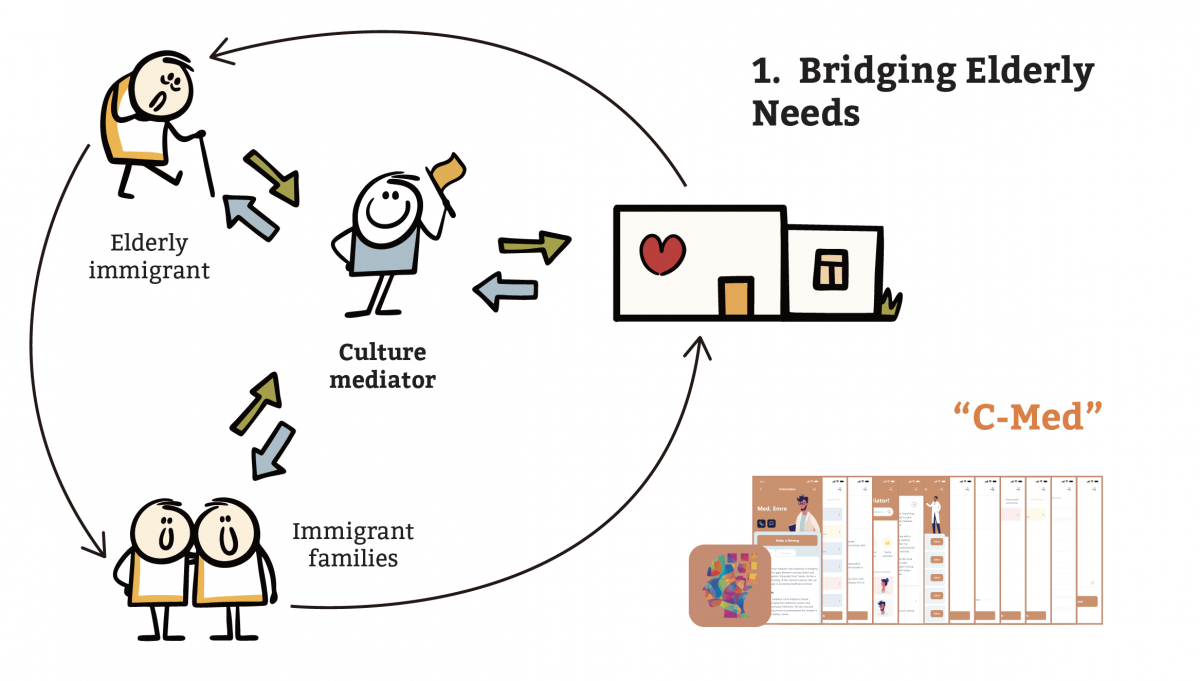

The fourth industrial revolution has the potential to enable integration of robots to solve various jobs within heavy asset industries such as manufacturing and processing, to create a safer and more efficient work place. One of the jobs potentially fit for robot integration is in asset performance management (APM), and routine monitoring of equipment such as pumps, pipes and gauges.


“Messages from Food” is a service design project that seeks to cultivate a deeper connection and appreciation towards food by encouraging individuals to embark on a journey of self-exploration and education. While I initially focused on addressing food waste in households through food storing knowledge providing, the project delves deeper into the underlying problem of human detachment from food. The modern industrial food system has controlled a lot of uncertainty but has also made us less sensitive to the complex entanglement between nature, food, and life.
The augmented city envisions a future where augmented reality becomes a new digital public infrastructure, mediating interactions between citizens and their city. Instead of focusing on a single app augmenting a specific location, this project examines the impact of an ecosystem of augmentations facilitated by private companies. This exploration includes examining ownership models that may emerge as AR technology becomes more prevalent in urban environments.
